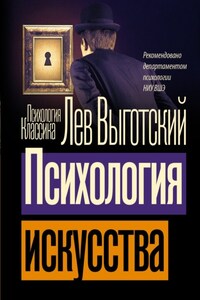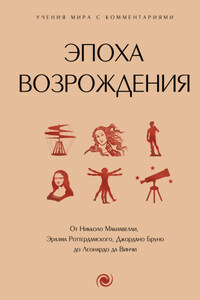MITCH 77, Whole car tag, 1981. Aerosol paint on subway car. New York.
Jean-Michel Basquiat, Keith Haring, and Kenny Scharf are graffiti artists according to art historians and critics, and so are the painters, later featured in galleries, who began their careers ‘writing’ on or ‘tagging’ New York City subway cars.[1]
The graffiti art movement began with shows at Fashion Moda, the Fun Gallery, the Mudd Club, and other exhibition spaces that opened in the early 1980s, and expanded into the established galleries of SoHo, 57th Street, and the Basel art fair. It ended just a few years later when critics, dealers, and collectors turned their attention to new trends. In the decades since graffiti art’s heyday, Basquiat has had retrospective exhibitions, a foundation was established devoted to Haring’s legacy, and Scharf continues to test the boundaries between high art and popular culture. However, subway writers on the whole have not received sustained attention from art historians and critics of art of the 1980s. Considering them as a distinct group of graffiti artists who gave the movement its name and lent it ‘street cred’, we can learn something about the way the New York art market of the 1980s assimilated a subcultural, vernacular art form produced for the most part by racial and ethnic minorities and the terms on which it was accepted.
Haring developed a reputation for drawing cartoonish figures in subway stations. Scharf actually painted on a subway car or two with spray paint, after meeting some writers. Both men acknowledged, though, that they came to graffiti art ‘crossing over in the other direction’, as Haring said, from writers who began their careers by tagging trains and public walls and later translated their designs to permanent surfaces.[2] They both studied at the School for Visual Arts in New York, and they shared a studio. Haring had arrived in the city from the hinterlands of Kutztown, Pennsylvania, and Scharf came from Los Angeles. They were intrigued enough – Scharf said he was ‘hypnotized’ – by the spontaneous art they encountered on the sides of subway cars to try their hands at similar public displays.[3] Basquiat, by contrast, came to the New York art world from the same direction as subway writers: moving from public spaces to commercial ones. He had earned a certain reputation writing gnomic phrases under the name of SAMO in 1979. SAMO was ubiquitous in some neighbourhoods in lower Manhattan, especially near art galleries.
There are a number of reasons why subway writers have not received the serious attention their more famous peers have enjoyed. For one, the ‘pieces’ on which their careers were founded, the whole-car compositions that captured the public’s attention – both positive and negative – have all been destroyed. Another reason these artists are often overlooked is graffiti’s strong association with hip-hop culture, which ties it to the mass market, not high art. As interest in graffiti art waned, a number of former writers developed careers as graphic artists while Basquiat, Haring and Scharf managed to transcend their paintings’ allusions to the mass media and achieve recognition as fine artists. These distinct career trajectories were set early, as a consequence of the language critics used to analyse graffiti art: Basquiat, Haring and Scharf were awarded an art historical lineage, while subway writers rarely were. This is not to say that subway writers did not receive positive notices in reputable art magazines – they did. But their paintings remained strange and exotic even to their fans: as one writer, DAZE put it, ‘Graffiti was this language that they wanted to get to know on a superficial level, but they didn’t want to be able to speak it fluently’.[4] This book seeks to correct that perspective, by taking seriously the writers’ ambitions and achievements.

STAR III and various artists, Tags, date unknown. Aerosol paint on subway car. New York.
One history of graffiti art would trace it back to the cave paintings of Lascaux, by way of Roman latrinalia, Kilroy, and similar acts of anonymous mark-making. The aesthetic this genealogy suggests, of letters and pictures urgently scratched onto public walls, connects with some mid-twentieth century painters whose brushwork resembles calligraphy, like Cy Twombly, or whose figures seem crude and untutored, like Jean Dubuffet. The palimpsest that graffiti builds up over time brings to mind Robert Rauschenberg, whose accretions of images from mass culture are rich and layered. Yet graffiti art derived from subway writing was in fact innocent of these influences, at least until the artists discovered them and, in Basquiat’s case, consciously appropriated them. Art historian Jack Stewart, in the first scholarly study of subway writing, argues persuasively that the tags and pieces that first appeared in New York City between 1970 and 1978 were a unique efflorescence, having no connection to any known high-art source.








